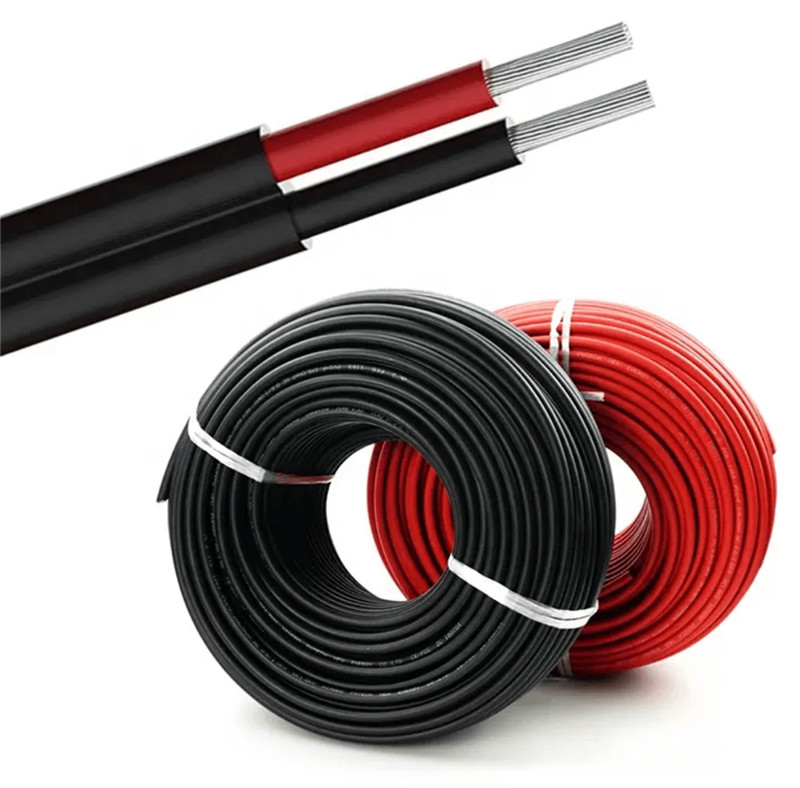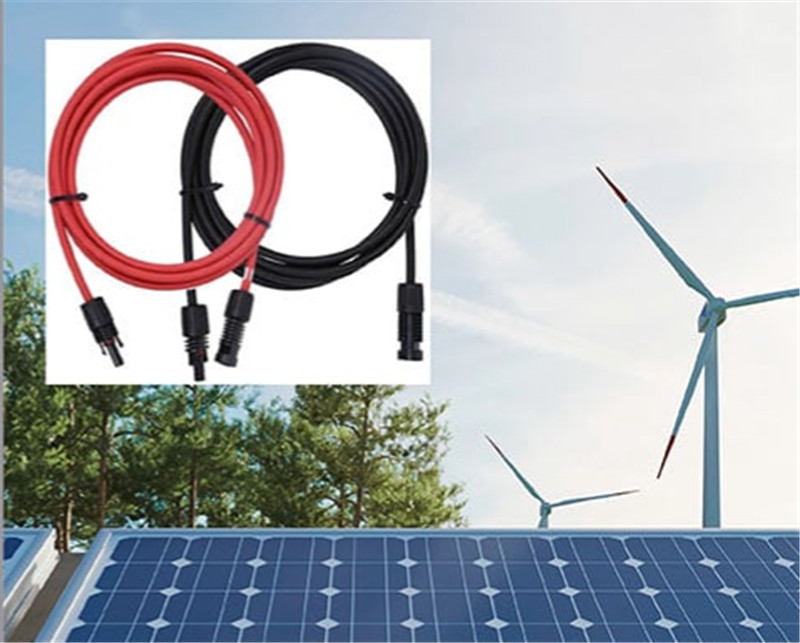

Solar power cables and wires
The solar balance of the system includes all components of the solar power system, including the solar panels. The components of a solar power system include solar wires, cables, switches, mounting systems, chargers, solar inverters, junction boxes, power regulators and battery packs. When discussing the solar balance of a system, the first element to consider must be solar wires and cables. Solar cables and wires are used to transmit electricity from solar panels to various electrical components. In other words, solar cables are used to transmit electrical signals. Solar power cables and wires are UV resistant and weather resistant. This is mainly because they are used outdoors.
A solar cable consists of several solar wires that are encased in an insulating material to form a sheath. To understand the concept of a solar cable, you need to understand the concept of a solar cable. Solar wires are used as wires for solar panels, but have also been used in the past as underground entrances and service terminal connectors.
Solar power cables and wires
Types of solar power wires
The main difference between solar wires is the conductor material and insulation.
Aluminum and copper solar wires
Aluminum and copper are the two most common conductor materials on the market. They are used in residential and commercial solar installations. Between the two, copper conducts electricity better than aluminum. This means that copper can carry more current than copper at the same size. Aluminum is also more fragile than copper because it is easier to bend. This factor makes aluminum cheaper than copper.
Solar power cables and wires
Solid and twisted solar wires
A strand solar wire is made up of several small wires that affect the flexibility of the wire. While solid wires are useful, twisted wires have an advantage because they are better conductors because they have more wire surface.
The role of insulation and color in solar power cables
Solar cables have insulation. The purpose of these covers is to protect the cable from effects such as heat, moisture, ultraviolet light and other chemicals. The different types of insulation are THHN, THW, THWN, TW, UF, USF and PV. Different types of insulation are used in different situations. The insulation of wires is usually color-coded. It depends on the function of the fence and the purpose of the wire.
What's the difference between a solar line and a photovoltaic line?
Solar power lines are more resistant to pressure and shock than optical volt lines, which have thicker jackets and insulation. PV wires are also more resistant to sunlight, flame and are more flexible even at low temperatures.
Solar power cables and wires
conclusion
Solar cables and their components continue to gain popularity as more people switch to solar power. Solar power is essential, mainly because it is so sustainable. The reason is that the sun is a viable source of energy and it has no negative impact on the environment.
Post time: Nov-23-2022



